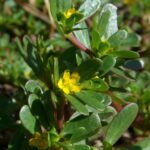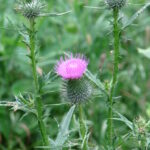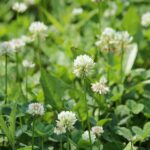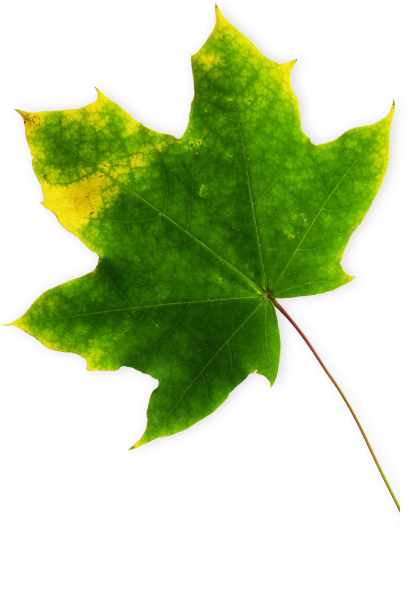Broadleaf weeds are one of the biggest issues that can be found in a home lawn. There are multiple practices that can be taken to control these weeds. To obtain the most effective control on broadleaf weeds it is important to understand the different life cycles. Listed below are the three types of life cycles for a broadleaf weeds:

Annual Weeds
Annual weeds complete their life cycle in one year. They germinate, flower, seed, and die when the cold weather arrives, leaving seeds scattered on the soil below. The following year the same thing happens. There are two types of annual weeds:
- Summer annual –
These weeds germinate in the Spring and reach maturity during the summer, produce seed and die with the first hard frost. These weeds can be difficult to control since they thrive in the heat and drought when your desirable grass might be struggling. Some examples of summer annual weeds are, spotted spurge, common purslane and black medic. - Winter annual –
They germinate in late summer or early fall. Young winter annual weeds will live through the winter, flower, set seed and die during the following summer. Some winter annual weeds are, common chickweed and shepherd’s purse.
 Biennial Weeds
Biennial Weeds
Biennial weeds complete their life cycle in two years. The first year the produce leaves and form a rosette. A rosette is a plant that has no central stalk. The second year it produces a flowering stalk, sets seed and dies. The best time to target biennial weeds is during the rosette stage. Some biennial weeds are, wild carrot, common burdock and bull thistle.
Perennial Weeds
Perennial weeds live for over two years. Perennials have underground parts that allow them to store food through the winter and reemerge the following spring. There are two types or perennial weeds:
 Simple Perennials –
Simple Perennials –
These weeds grow singly. This means that each plant has its own root system and are not joined together underground. They spread only by seed and have large taproots that can penetrate deep into the soil. Some examples of simple perennials are, dandelion, curly dock and plantain.- Spreading Perennials –
Starting out as a seed spreading perennials can also reproduce by vegetation. These weeds send out “runners” more commonly known as rhizomes or stolons. Rhizomes grow underground while stolons grow above the soil surface. Examples of spreading perennials are ground ivy, white clover and Canada thistle.
Cultural Control
Simple cultural control methods can be done to help reduce broadleaf weed populations.
- Mowing at a higher height, 3 inches, will help your lawn out-compete weeds for sunlight.
- Deep, infrequent watering will help establish strong deep roots which will help grass compete for water and nutrients.
- Having a routine fertilization program will help thicken a lawn and reduce weed pressure.
- Reducing soil compaction by aerating and overseeding to establish a denser lawn to choke out weeds.
- If only a few weeds are present, don’t be afraid to go the old fashioned route and pull the weeds right out of the ground. You get instant satisfaction!
Chemical Control
You should never rely only on chemicals to reduce weed pressure, but it does do a very nice job. When applying an herbicide there are a few key points to remember:
- Identify the weed and make sure the product you are using is labeled to control that certain weed.
- Timing is very important. The best time to spray broadleaf weeds is when they are actively growing. During the spring and fall are the best times.
- Different products and the number of applications needed all depends on the type of weed and its life cycle.
Combining both cultural and chemical controls is the best approach you can take to control broadleaf weeds.
For additional reading about lawn care be sure to visit our blog! As a reminder, we’re here to help with any of your lawn care questions or concerns. You can send us an email or call (781) 297-3674 for guidance.
